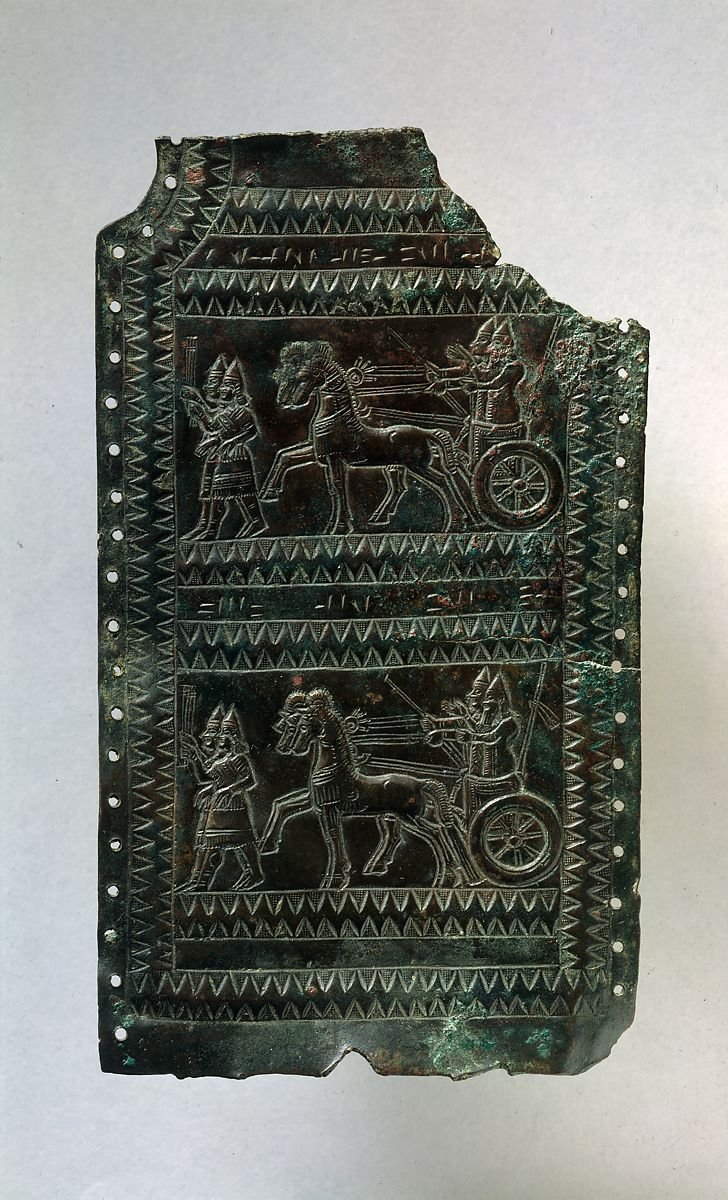
URARTU
From its inception in the 9th century BCE to its eventual demise some 200 years later, Urartu dominated the Lake Van region, in today’s northeastern Turkey. Known to its inhabitants as Biainili, the Urartian state formed as a confederation of kingdoms, likely in response to threats from their powerful neighbors the Assyrians. The Assyrians are also important to the study of Urartu, as Assyrian texts make up the main body of knowledge about Urartu. Through these foreign texts we can observe that despite its relatively short existence, Urartu left an indelible mark on the region, still visible to the present day.
Links
* The image for Urartu 101 comes from this link: Urartu
[i] Hittites
[ii] crumbled during the Bronze Age Collapse
[iii] sacked and destroyed
[iv] Cimmerians
[v] Medes
[vi] modern-day Iraq
[vii] direct engagement in 754 BCE
[viii] Urartian proxies
[ix] western Iran
[x] Cimmerians in its northern provinces
[xi] Urartu and Arminiya were used as synonyms
[xii] Yerevan rests on the ancient Urartian fortress of Erebuni
[xiii] Mountains of Ararat
[xiv] Arame, who reigned from 860 to 844 BCE
[xv] Sarduri I
[xvi] 8th century campaign
[xvii] Hatti
[xviii] Mannea, Zikirtu, and Musasi
[xix] architecture and infrastructure
[xx] Menua Channel
[xxi] unique square towers and reinforced corners
[xxii] at Erebuni
[xxiii] public and private buildings
[xxiv] primarily on herding and animal husbandry
[xxv] ironworks, spices, and fabrics
By Zach Willis
